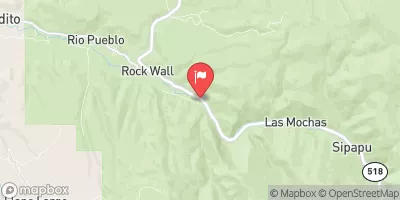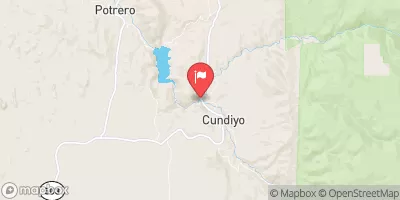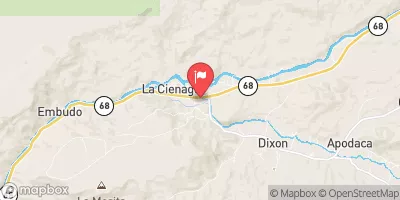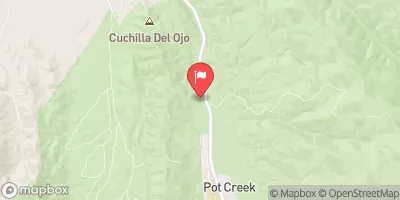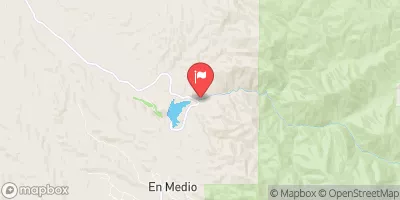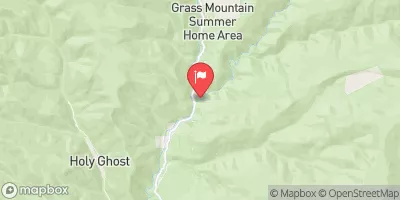Summary
The area is home to a variety of fish species, including rainbow trout, brown trout, and cutthroat trout.
Aside from fishing, visitors can also enjoy hiking and camping in the nearby Carson National Forest.
For the best fishing experience, it's recommended to use dry flies and nymphs, and to focus on the riffles and pools of the Rio Trampas.
The best time to visit is in the spring and fall, with average temperatures ranging from 50-70°F. During the summer, the area can get quite hot and crowded.
Overall, the Rio Trampas Fishing area offers a great opportunity for anglers to catch a variety of trout species while enjoying the beautiful New Mexico scenery.
Weather Forecast
Nearby Streamflow Levels
Angling Safety Guidelines
Check local fishing rules, seasons, size limits, and license requirements to ensure legal and sustainable angling.
Handle Fish Responsibly
Use wet hands, minimize air exposure, and release fish gently to improve survival rates when practicing catch-and-release.
Choose the Right Gear
Match your rod, line, and tackle to the species and conditions to increase success and reduce unnecessary harm to fish.
Respect the Waterway
Avoid disturbing habitat, prevent bank erosion, and keep a safe distance from spawning areas to protect ecosystems.
Keep It Clean
Pack out all line, hooks, bait containers, and trash—discarded gear can injure wildlife and degrade waterways.
Related Links
Area Campgrounds
| Location | Reservations | Toilets |
|---|---|---|
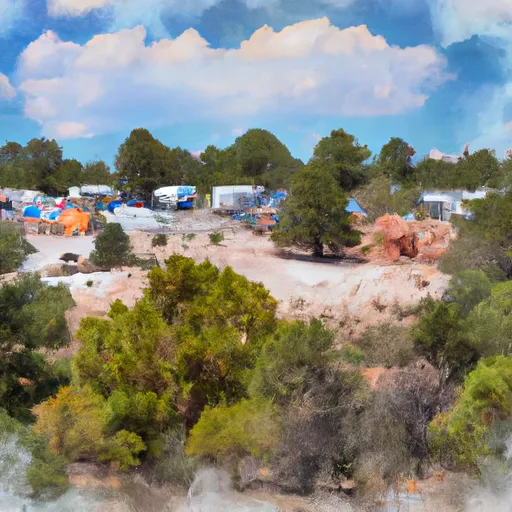 Trampas Campground
Trampas Campground
|
||
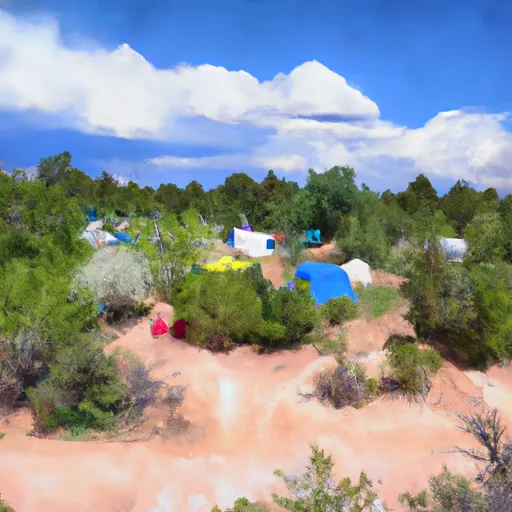 Trampas Medio Campground
Trampas Medio Campground
|
||
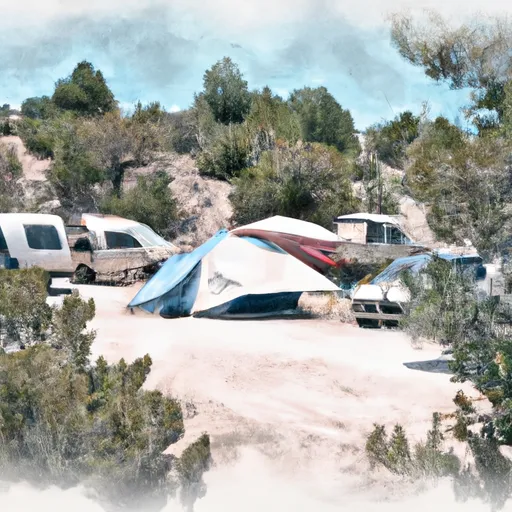 Trampas Diamante Campground
Trampas Diamante Campground
|
||
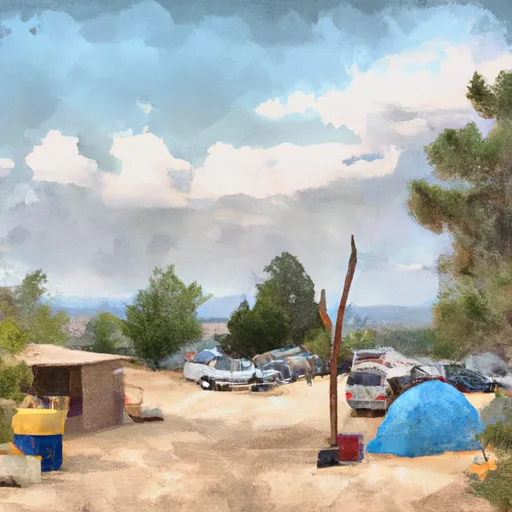 Santa Barbara Campground
Santa Barbara Campground
|
||
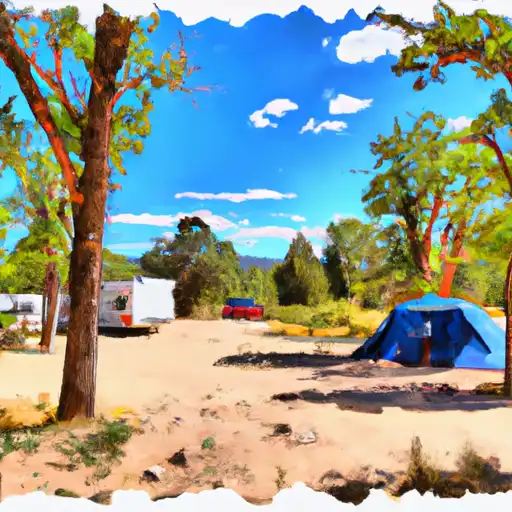 Santa Barbara
Santa Barbara
|
||
 Hodges
Hodges
|

